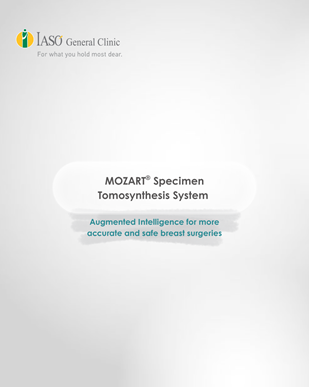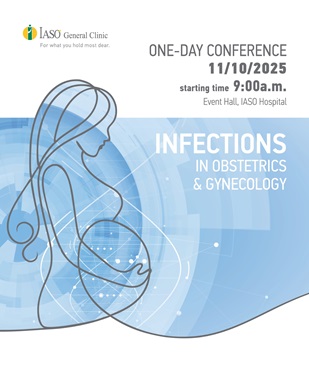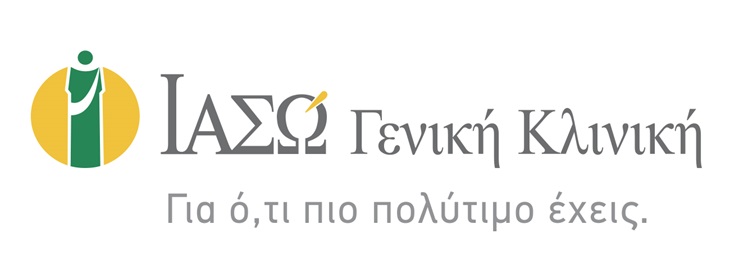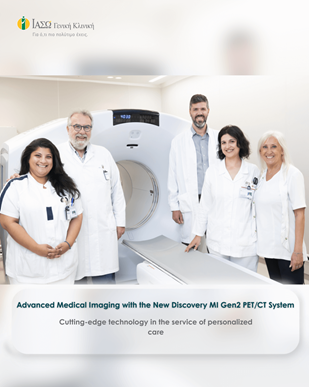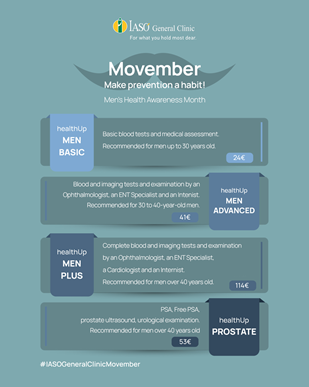
Services
Oncology Center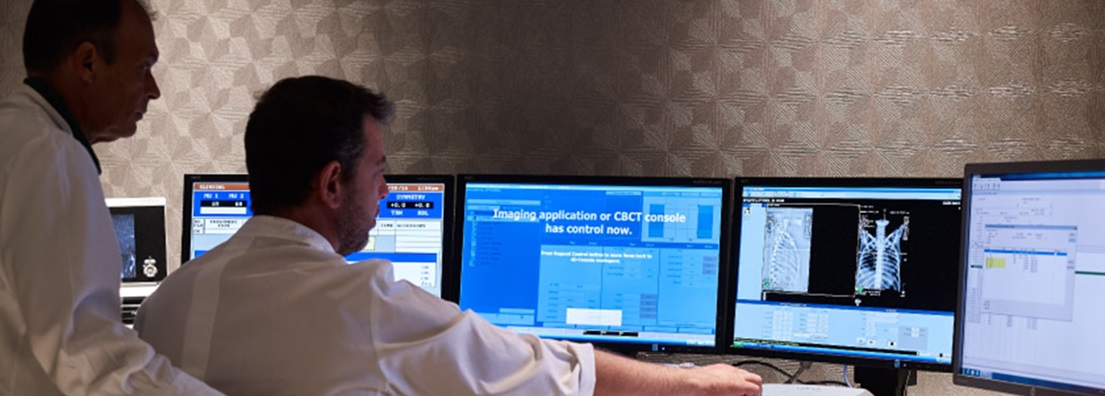
At IASO Radiation Oncology Center, all radiotherapy regimes are applied according to international protocols and organizations (RTOG, ASTRO, ESTRO).
Namely, therapies are performed in the following areas:
- Brain and Central Nervous System
- Head-Cervix
- Lungs
- Breasts
- Pancreas
- Anus-Rectum
- Gynecological localizations
- Bone metastases
- Skin
- Bladder
In addition, therapies are used for the treatment of
- Sarcomas
- Lymphomas
Breast Radiotherapy with Deep Inspiration Breath Hold (DIBH)
In the last years, radiotherapy techniques to treat breast tumors have advanced to such an extent that they offer maximum therapeutic results. Especially when it comes to managing tumors in the left breast and the corresponding thoracic wall, a new technique
has been developed, Deep Inspiration Breath Hold (DIBH), featuring respiratory control.
The technique aims to protect the underlying breast tissues, such as the lung and the heart.
During a full free breathing cycle, the heart
may move closer to the thoracic wall and part of it may be irradiated (free-breathing radiotherapy).
During the inhalation phase, the area of the lung between the thoracic wall and the heart increases, resulting in the latter moving away
from the irradiated area, which reduces its radiation burden.
With the DIBH technique, the radiation is administered only during the maximum inhalation phase of a full respiratory cycle.
During the session, the patient must take
a deep breaths and hold them for around 20 secs (one Breath – Hold / BH) when asked to do so.
The radiotherapy team assesses the application of the technique on a case-by-case basis, as the natural position of the heart may vary from person
to person.
Radiotherapy with Deep Inspiration Breath Hold (DIBH)
In cases of neoplasms in the chest and abdominal cavity, the tumor moves when breathing, a fact that may directly affect the effectiveness of treatment.
Depending on the location of the tumor, the movement may be greater than two centimeters.
During conventional radiotherapy (free-breathing radiotherapy), and for the purpose of avoiding possible geometric loss of the tumor, the doctor designs the treatment with larger margins than what are actually required.
The larger the area being irradiated, the greater the toxicity caused by the treatment to the neighboring healthy tissues.
To this end, radiotherapy with deep inspiration breath hold (DIBH) was developed, which is based on inhaling a specific volume of air and holding it in for 20 seconds.
This way, the tumor remains still and the radiation is administered only during the maximum inhalation phase of a full respiratory cycle, limiting the side-effects of treatment.





